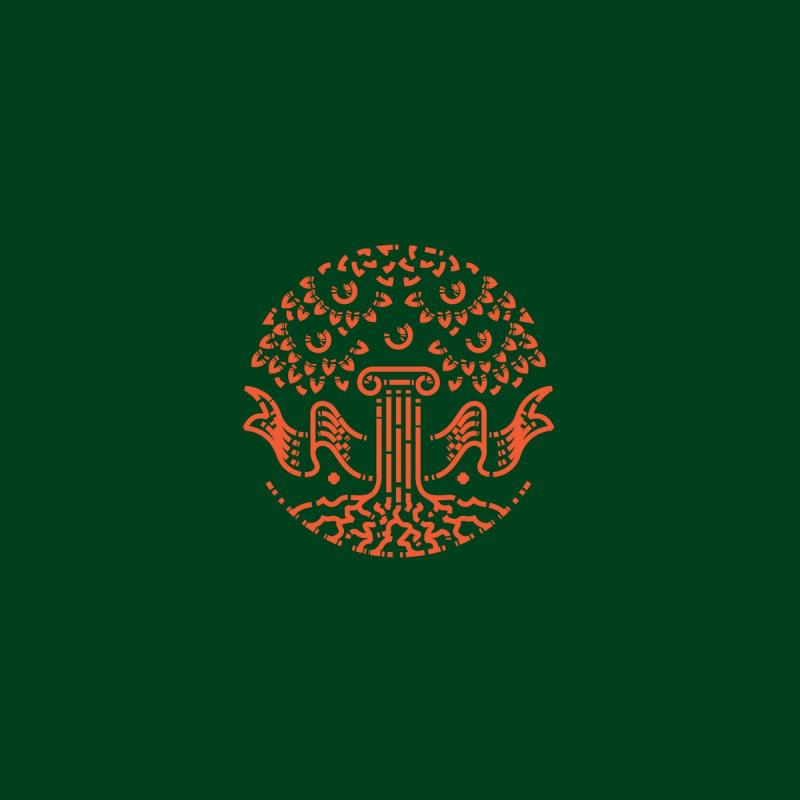In 1823, the brothers Guillaume and Adolphe Monod entered a junk shop in Geneva. A mysterious volume, unusually old and musty, caught their attention. When they examined it closely, the smudged ink inside resolved into letters and the letters into words. The script might have misled other men, but Guillaume and Adolphe came from a line of French Reformed ministers and studied theology themselves. Soon they identified the contents: nothing less than manuscript sermons from John Calvin. For a pittance they bought the set to which it belonged, eight folio volumes in all, for the clerk had priced it only by weight of the paper. They sent their treasure to Geneva’s public library for safekeeping.[1] The episode seems surprising. In fact, the odyssey of Calvin’s sermons—from delivery to scrap heap, from discovery to preservation—is filled with remarkable twists.
We begin with the Bourse française, a charity organization in Geneva that helped destitute immigrants and financed religious instruction. In 1549, the Bourse hired Denis Raguenier, himself a French refugee, as Calvin’s stenographer. Calvin entered the pulpit without notes, so Raguenier recorded what he said in shorthand and afterwards transcribed it in longhand. There had been repeated attempts to write down Calvin’s sermons and lectures as he spoke. “Many tried to do this,” Theodore Beza said in his early biography of Calvin, “but they had not yet been able to write everything down word for word.”[2] Raguenier opened a new world and grew in ability as he went. The first sermons he recorded in 1549 ran to an average of 4,000 words each. The sermons he took down between 1550 and 1551 on Micah were 5,000 words. The sermons he transcribed between 1556 and 1559 on Isaiah ran to 7,000 words.[3] It was Raguenier’s handwriting that the Monod brothers deciphered in the junk shop.
Because Calvin preached without notes—though not without preparation—the transcribed sermons did not shine with the same polish as those texts that Calvin composed specifically for print. Guillaume Farel complained to him about this: “I would have liked it if you worked on your discourse with more care, as you usually do.”[4] But Calvin was famously overburdened with work. Furthermore, he preached to the flesh-and-blood audience before him, even when that meant sacrificing style or brevity. No one had a sharper sense of the importance of genre: biblical commentaries were not sermons; sermons were not lectures; lectures were not treatises. No one knew more the distance between oral and written discourse. In the case of Psalm 119, for example, Calvin confessed his preference “to print a brief commentary when the time was right, rather than to fill the sheet with so many long passages, just as in the pulpit.”[5]
Therefore, Calvin tended to resist publication of his sermons. “Calvin did not want his sermons to extend beyond his sheepfold,” acknowledged his contemporary Jacques Roux, “both because they were done for his own flock, adjusted as much as possible to their capacity, and because he felt that a different order and setup would be needed if the sermons were presented to the rest of the world.”[6] Calvin’s printer, Conrad Badius, admitted in 1557 that those sermons that had reached print “were more the result of a forced and constrained permission, or even as a result of badgering than out of his free will and consent.”[7]
The published sermons nonetheless supplied a concrete model of Reformed preaching that carefully related exegesis and reflection, application and edification. For Calvin followed a simple homiletical pattern, always with a clear understanding of his particular congregants and a telling choice of words. For good reason, he achieved renown in his own time for his method of expository preaching. For good reason, too, he remains one of the great preachers in the history of the church. Badius spoke with more wisdom than he probably realized when he began to market Calvin’s sermons to young and inexperienced preachers: “It is expedient that those who are newly starting in this charge observe his way of teaching in order to follow it.”[8]
When the Bourse française eventually required the handwritten sermons to be deposited in Geneva’s library, it never foresaw the cruel fate that awaited the material. Librarians are usually the kindest of people, the souls of modesty. But in 1805, the library management directed the librarian, Jean Senebier, to sell some forty volumes of Calvin’s sermons to bookseller Gaspard-Joel Manget for reasons both lamentable and deplorable, if only in hindsight. The library was cramped, the sermons occupied several shelves, and there was an urgent need for space. Moreover, the librarian thought Raguenier’s handwritten pages were “doublets”—that is, copies that duplicated Calvin’s commentaries and published sermons already in the library’s possession. Worst of all, like the junk shop later on, the library sold the collection by the weight of the paper. Like recycled garbage, the sermons were scattered far and wide.
Not until 1826 did Geneva’s local newspaper break the story that Guillaume and Adolphe had found and returned part of what the library had discarded. The new librarian wrote an op-ed to explain what had happened and to place blame firmly with his predecessor. In response, the newspaper quipped: “Perhaps it would have been better to let the public believe that Calvin’s manuscripts had disappeared than to tell the public that they had, according to a decision, been sold by the weight of paper. Would [Muslim leader] Caliph Umar have decided otherwise?”[9]
But all was not lost. Alongside the transcriptions by Raguenier and his successors in Geneva, several extant manuscripts of Calvin’s sermons have subsequently been discovered in the Bodleian Library in Oxford, the library of Lambeth Palace in London, the Walloon Church of London, and the Public Library and Archive in Bern, Switzerland, among other locations. In the imposing National Library of France in Paris, a few of Calvin’s sermons have been discovered on sheets of paper, folded in four, and coated with finger grease from being consulted so often.[10]
Like a detective story, the total history of Calvin’s sermons provokes and excites. In reading rooms and niche but fervent corners of academia, speculation on manuscript whereabouts continues—albeit in tones more wishful than confident. “Should we despair?” historians ask. “Or will an unexplored attic one day reveal that for which we have been looking so long: one or more small folio volumes bound in parchment and bearing a sixteenth-century script, perhaps Raguenier’s—the precise indication of Calvin’s sermons, which he had ‘faithfully received from his mouth’?”[11] Scholars rightfully want to know. Yet one wonders whether Calvin would be pleased by the disappearance. He preached, after all, to the local church, and he insisted more on the power of the eternal word than on the preservation of his own words.
Zachary Purvis (DPhil, University of Oxford) is lecturer of church history at Edinburgh Theological Seminary. He is the author of Theology and the University in Nineteenth-Century Germany (Oxford University Press, 2016), and his articles have appeared in such venues as Journal of the History of Ideas, Church History, and Journal of Ecclesiastical History.
2. See Ioannis Calvini opera quae supersunt omnia, ed. G. Baum, E. Cunitz, and E. Reuss, 59 vols. (Brunswick: Schwetschke, 1863–1900), 21:70.
3. F. M. Higman, T. H. L. Parker, and Lewis Thorpe, eds., Supplementa calviniana, vol. 3 (Neukirchen-Vluyn: Verlag der Buchhandlung des Erziehungsvereins, 1995), xxii–xxiii.
4. Guillaume Farel to John Calvin, February 1546, in Ioannis Calvini opera quae supersunt omnia, 12:302.
5. Rodolphe Peter and Jean-François Gilmont, Bibliotheca calviniana, 3 vols. (Geneva: Droz, 1991–2000), 1, no. 54/13.
6. Peter and Gilmont, 2, no. 62/21.
7. Peter and Gilmont, 2, no. 57/10.
8. Peter and Gilmont, 2, no. 58/5.
9. Journal de Genève (March 23, 1826).
10. See, e.g., T. H. L. Parker, Calvin’s Preaching (Edinburgh: T&T Clark, 1992), 65–75; Max Engammare, “Calvin Incognito in London: The Rediscovery in London of Sermons on Isaiah,” Proceedings of the Huguenot Society 26 (1996), 453–63; Richard Stauffer, “Les Sermons inédits de Calvin sur le livre de la Genèse,” Revue de Théologie et de Philosophie 98 (1945): 26–38.
11. Bernard Gagnebin, “L’incroyable histoire des sermons de Calvin,” Bulletin de la Société d’histoire et d’archéologie de Genève 10 (1956): 311–34.






